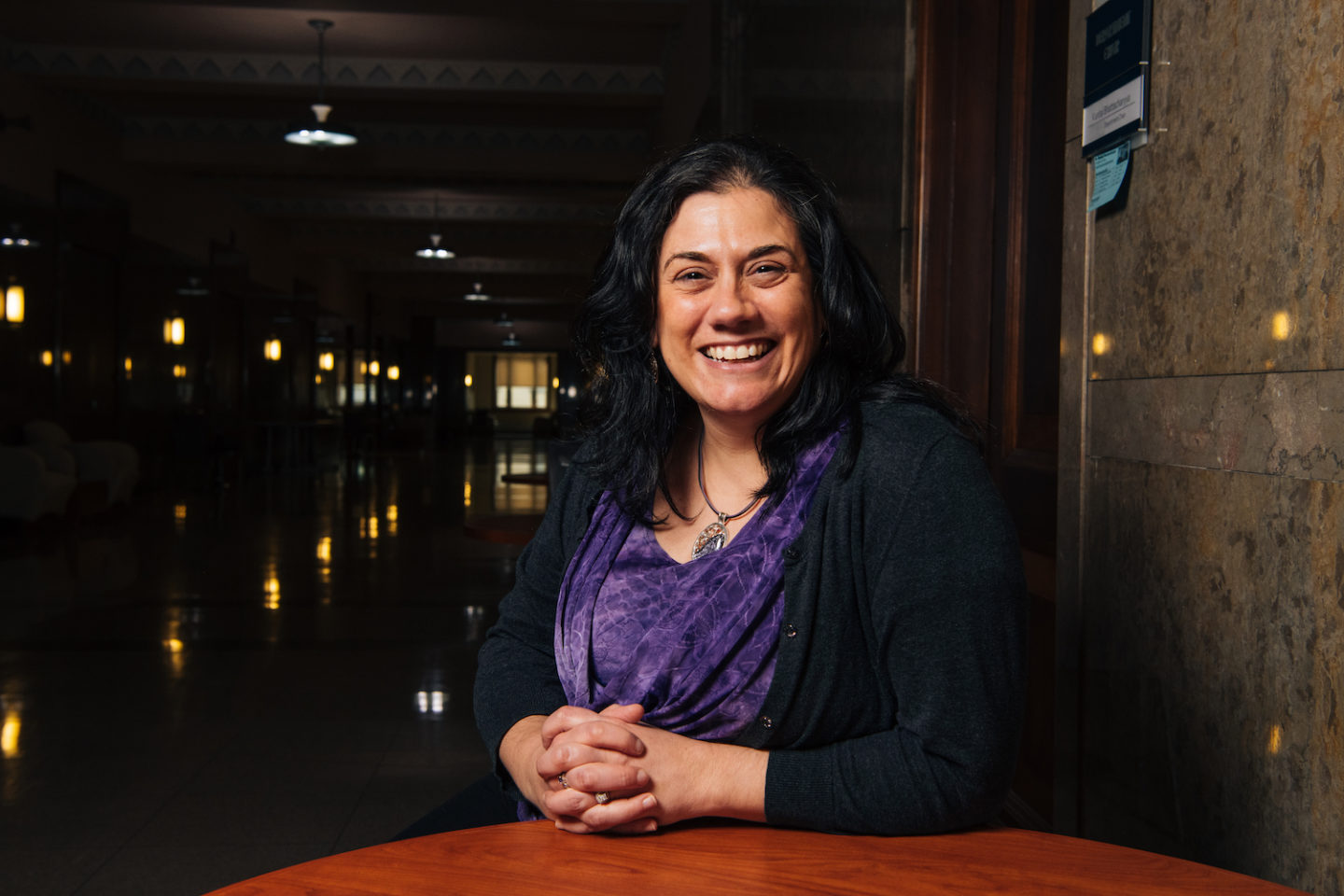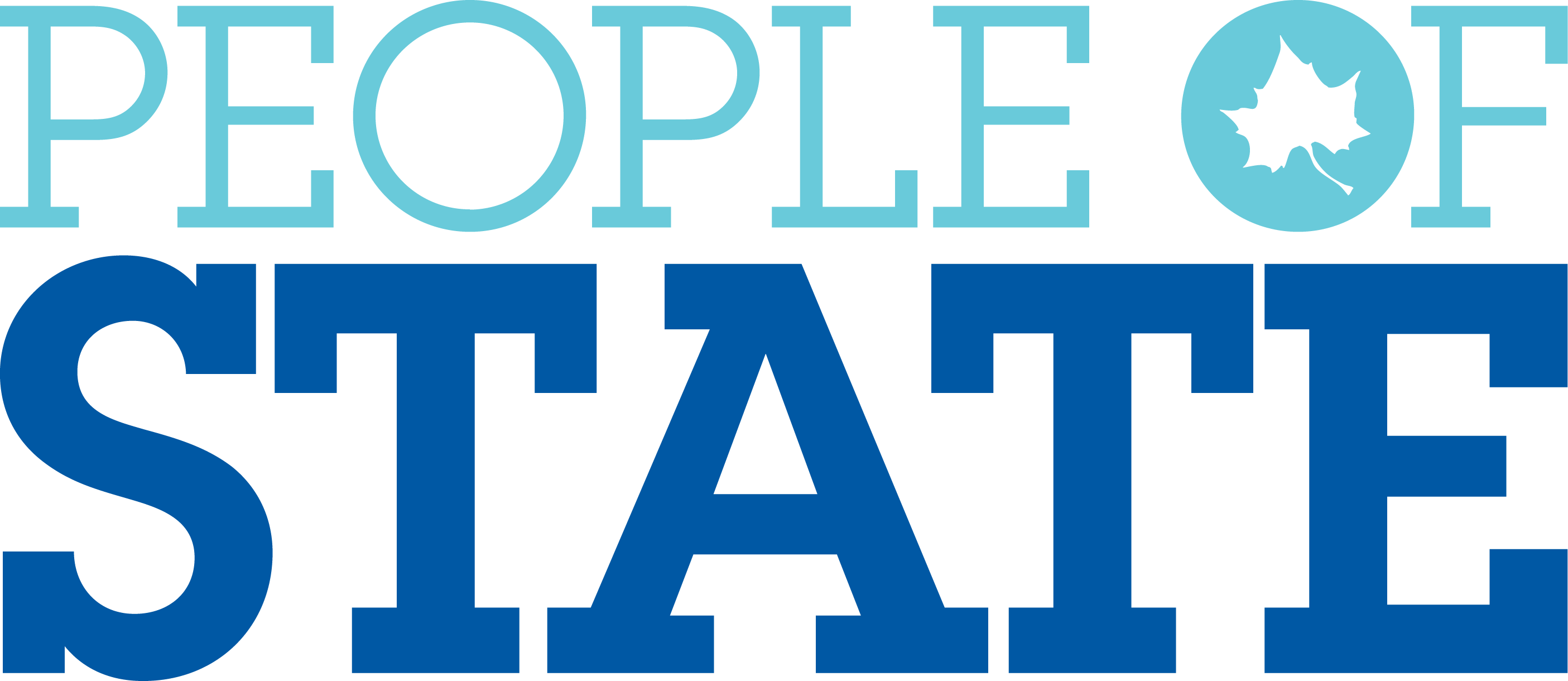
Concetta DePaolo
By Indiana State University
Feb 28, 2020
Indiana State University Professor Concetta DePaolo and her family will be well prepared with data – just like DePaolo likes it – when they head to Disney World.
That’s because DePaolo has incorporated a project involving Disney World ride wait times into her business statistics and business analytics classes, projects that allow students to work with real, not textbook, data sets.
“A main theme in all of my classes is that we don’t just do analysis for no reason. There’s a purpose behind it, and there are real questions that need to be answered that the data can help us answer. So when I do projects in my class I want them to be … real, big and messy,” she said. “It is more like what students will encounter in the real world.”
DePaolo, who began teaching at State in 2000, ran across a 2018 article on touringplans.com about publicly available datasets for Disney ride wait times, she admits she got excited.
“I love Disney and I’m a data geek, and I immediately realized I could incorporate this information in my classes.” DePaolo created two projects using the Disney datasets. The first project for her business analytics class involved using data from 2012 to 2019 for eleven rides; each ride contained information for about 200,000-300,000 recorded wait times. The datasets also included information about the days for which data was gathered – day of the week, parades and special events that day, temperature, precipitation, and percentage of school out in central Florida that day, for example.
The students in Fundamentals of Business Analytics used Tableau software to create data visualizations that allowed them to see how independent variables such as seasons, holidays, month, day of the week, time of day, special events at the park and “peak” ticket days, affected wait times.
“They found out that people shouldn’t go to Disney on New Year’s Eve because there are ridiculous waiting times, two to three times longer depending on the ride. They discovered that there’s a time at Disney World that they call “September low” because September is a slow season and wait times are low, so if you have choice of when to go to Disney, go in September. Also, very early or very late in the day are the lowest wait times,” DePaolo said.
The students worked in groups. Each group analyzed a different ride, then did PowerPoint presentations of their results and made recommendations based on their findings.
One learning objective of the project was for students to understand complexities involved in working with big data sets. In the real world, data sets are huge and information is constantly being added. “Students in the classroom setting tend to work with made up, smaller data sets, so what I try to do in my classes is to bring in real data as much as possible so they know it really is big and isn’t always clean,” DePaolo said.
Working with big data is an in-demand skill that junior operations and supply chain management major Makayla Irish knows will benefit her future career.
“Being able to work with and understand a large data set, and in return provide data visualization, is so important in business,” said Irish, of Terre Haute. “Not everyone will have the skill to analyze data, so it is important to provide visualizations for others, such as colleagues, to understand what is happening with the data and draw decisions from there.”
“I think the most challenging part of working with big data sets for me was trying to understand everything that was given and know how to handle all of the diverse data that was present. There is so much data given, that it is hard to tie it all together and visualize what to do with it. But thankfully, we used a software that helped tremendously,” she said. “Tableau assisted us in creating visualizations of the data. It helped us further understand the large data sets and gave us visual representations of what was happening with the data.”
DePaolo also used the project as her capstone activity in her Master Teacher Certification process through State’s Faculty Center for Teaching Excellence. The culminating project involved her implementing the classroom activity, and then studying its effectiveness by gathering student comments and feedback. DePaolo is currently working with a colleague to publishing a case study on how these freely accessible datasets can be brought into the classroom.
“Teaching is my passion, so this is a way to bring my passion for teaching into research and scholarship. Publishing case studies on this topic also allows me to spread the idea to other professors to use in their classrooms.”
Story co-authored by Dr. Concetta DePaolo.

